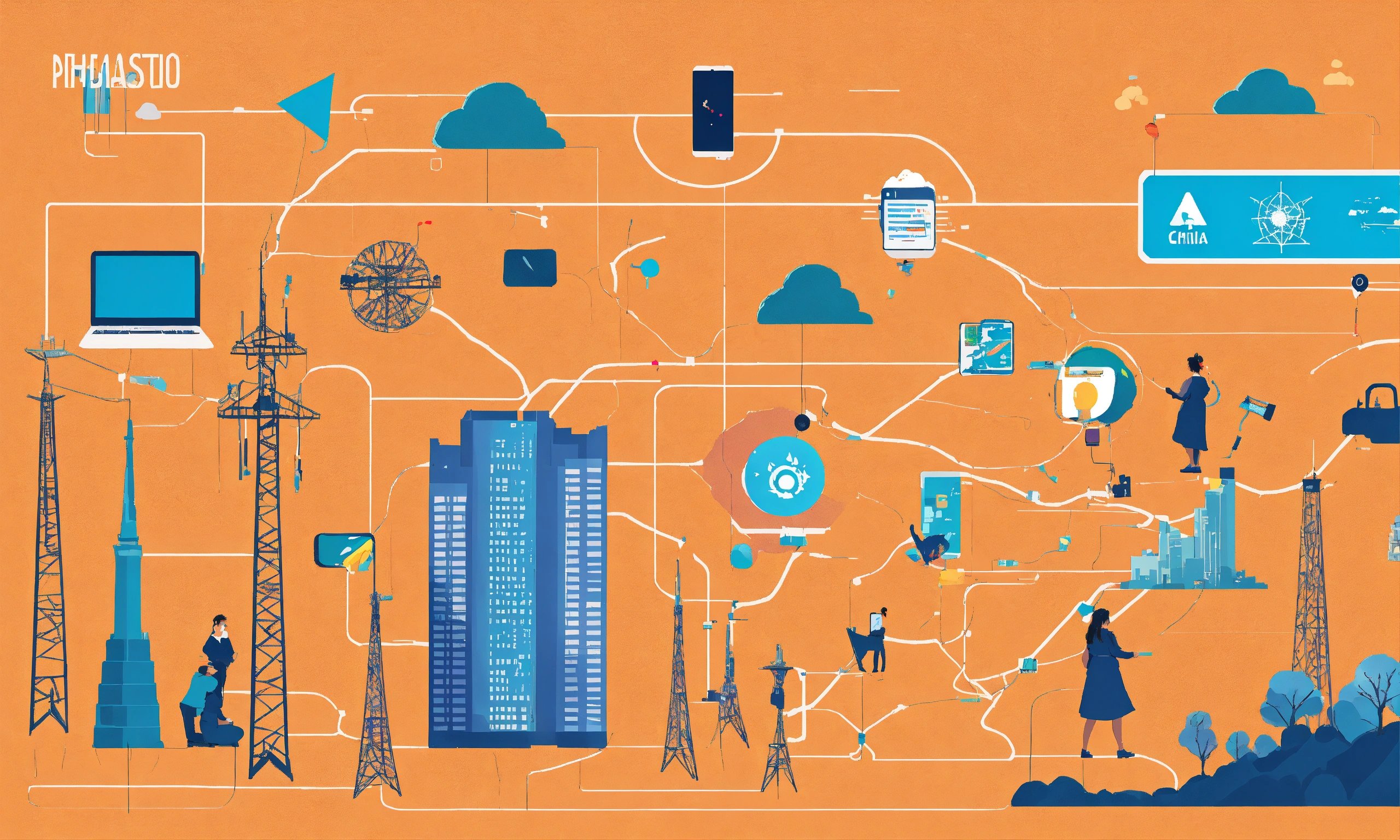The Internet of Things (IoT) is revolutionizing industries by enabling the seamless interconnection of devices, systems, and services. Businesses are increasingly relying on IoT integration services to enhance efficiency, reduce costs, and drive innovation. Here, we explore the five most in-demand IoT integration services that are shaping the future.
1. IoT Device Management
IoT device management is a critical service that ensures the smooth operation of all connected devices within an IoT ecosystem. Effective device management includes the deployment, configuration, monitoring, and maintenance of devices.
Deployment and Configuration
Deployment involves the installation and initial setup of IoT devices, ensuring they are correctly configured to communicate with the network. Configuration settings are crucial for the optimal performance of each device and include aspects such as firmware updates, security settings, and network parameters.
Monitoring and Maintenance
Continuous monitoring is essential for tracking the performance and health of devices. This includes real-time data collection, performance analytics, and predictive maintenance to prevent failures. Regular updates and maintenance ensure that devices remain secure and function correctly over time.
2. IoT Data Analytics and Management
With the proliferation of IoT devices, the volume of data generated is immense. IoT data analytics and management services are indispensable for extracting valuable insights from this data.
Data Collection and Storage
Efficient data collection mechanisms are necessary to handle the vast amounts of data produced by IoT devices. This data needs to be stored securely and in a manner that allows for easy retrieval and analysis.
Analytics and Insights
Advanced analytics techniques, including machine learning and artificial intelligence, are applied to process and analyze IoT data. This analysis helps in identifying patterns, predicting trends, and making informed decisions. Real-time analytics enable businesses to respond swiftly to changes and optimize their operations.
3. IoT Security Services
Security is a paramount concern in IoT ecosystems due to the increased risk of cyber threats. IoT security services are designed to protect devices, data, and networks from vulnerabilities and attacks.
Threat Detection and Prevention
Implementing robust security protocols to detect and prevent threats is vital. This includes the use of firewalls, intrusion detection systems, and encryption technologies to safeguard data transmissions and device communications.
Compliance and Risk Management
IoT security services also ensure compliance with industry standards and regulations. Risk management strategies are employed to identify potential vulnerabilities and mitigate them effectively, reducing the risk of data breaches and other security incidents.
4. IoT Connectivity Solutions
Seamless connectivity is the backbone of any IoT system. IoT connectivity solutions facilitate the reliable and efficient communication between devices, networks, and applications.
Network Protocols and Standards
Choosing the right network protocols and standards is essential for ensuring compatibility and interoperability among IoT devices. Common protocols include MQTT, CoAP, and HTTP/HTTPS, each offering different benefits depending on the use case.
Wireless and Wired Connectivity
IoT connectivity solutions encompass both wireless (Wi-Fi, Bluetooth, Zigbee, LoRa) and wired (Ethernet, fiber optic) technologies. The choice of connectivity method depends on factors such as range, data rate, power consumption, and environmental conditions.
5. IoT Platform Integration
IoT platform integration involves the incorporation of various IoT components into a unified platform that enables centralized management and control.
Cloud Integration
Cloud platforms provide scalable infrastructure for hosting IoT applications and storing data. Integration with cloud services like AWS IoT, Microsoft Azure IoT, and Google Cloud IoT allows for scalable data processing, analytics, and remote management.
Edge Computing
Edge computing brings processing power closer to the source of data, reducing latency and bandwidth usage. Integrating edge computing with IoT platforms enables real-time data processing and analysis, which is crucial for time-sensitive applications.
Conclusion
The demand for IoT development services is growing rapidly as businesses seek to leverage the benefits of interconnected devices and systems. Effective IoT device management, data analytics, security services, connectivity solutions, and platform integration are crucial components that drive the success of IoT implementations. By investing in these services, organizations can enhance operational efficiency, improve decision-making, and secure their IoT ecosystems against evolving threats.


